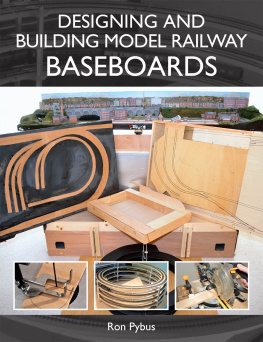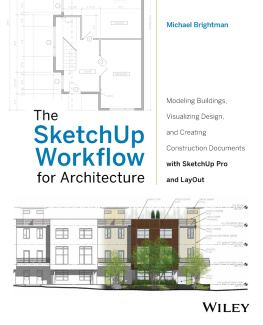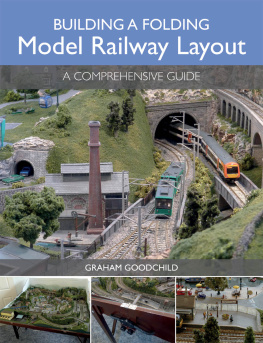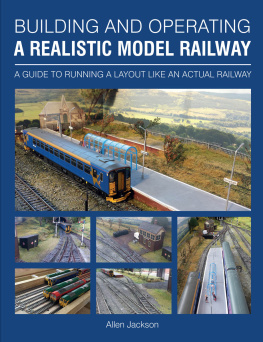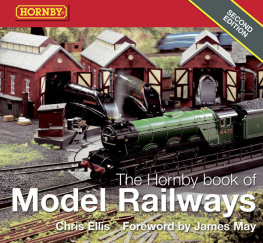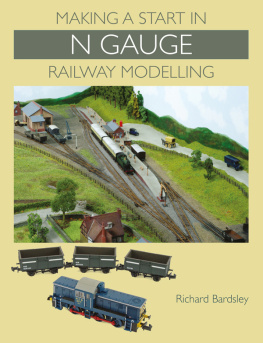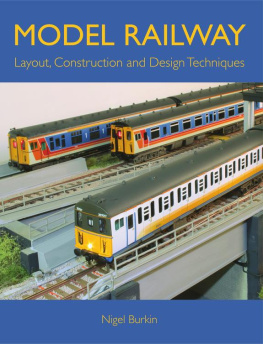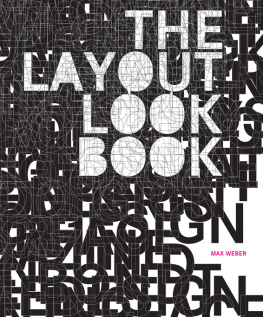Layout building is exciting, rewarding and perhaps the most challenging part of being involved with model railways . A layout provides a home for our enthusiastically acquired collections of locomotives and rolling stock, becomes a centrepiece we can show to visitors and is an important statement about our creativity too. For many, it provides vital escapism and relaxation in an increasingly stressful world of work. Other modellers use it to transport them back to golden eras remembered from childhood or to model an ideal world, far removed from reality. Modellers living in urban areas can create miles of idyllic open country in a basement or loft or, in my case, the mountains of Montana in 1:160 scale, in an outbuilding situated in the Scottish Highlands nearly 5,300 miles away from the full size railroad. The social side of the hobby should not be forgotten, and many modellers working on home layouts enjoy the companionship and support of close friends during construction work parties and operating sessions. There is no doubt that the hobby brings benefits and comfort to many people.
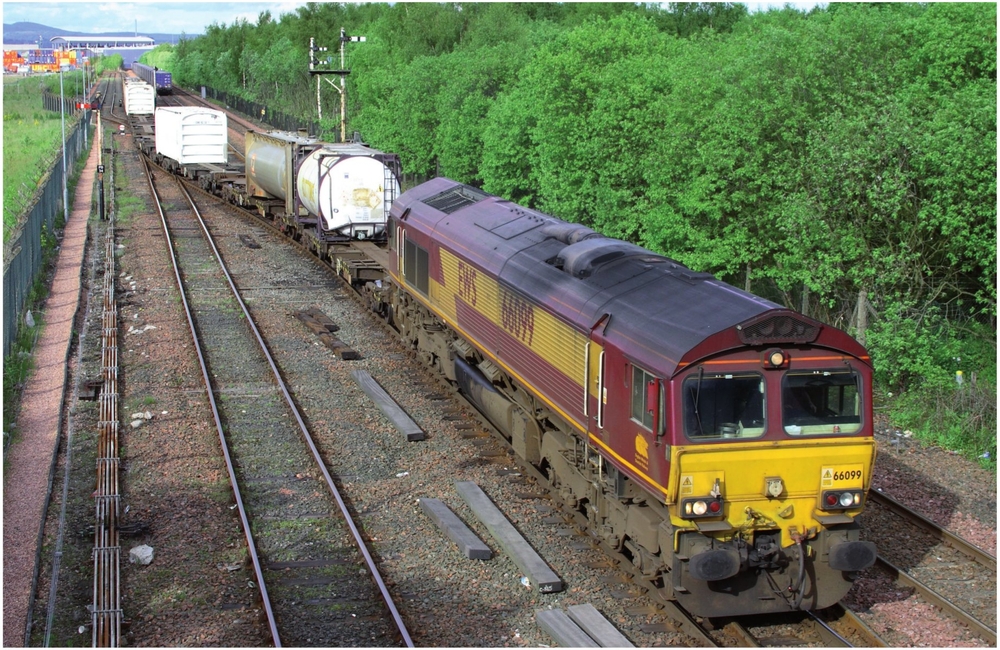
Freight traffic has grown on the British rail network in the last ten years. One location that has benefited from the traffic boom, especially in intermodal containers, is Grangemouth in central Scotland. Traffic of a variety of types, in specialized containers, works in and out of this port location, including supermarket traffic. EWS Class 66, No.66099 departed for Mossend and Trafford Park with a service destined ultimately for Europe via the Channel Tunnel on 21 May 2009. Every intermodal unit on that train was a specialized tank of some description, there being no traditional boxes loaded. The location also sees petroleum traffic from the nearby refinery and container traffic from the port itself, which is located further down the line seen in this photograph. That and some very interesting semaphore signals make it a perfect theme for a layout.
During my time in the world of corporate work, railway modelling offered escapism and a way to relax, both on my own as a lone-wolf modeller and with friends too. Doing something creative and practical with my hands clears my mind and helps to put things into perspective. If, at the same time, I create a length of the Kent coast main line in 4mm scale, thats also a very good thing.
The benefits of building a model railway are many, and, over the years, I have found myself travelling to places many hundreds and sometimes thousands of miles from home, on exciting trips to explore and research railways around the world, with layout construction and design in mind; meeting many interesting people in the process and learning a great deal about the many and varied approaches to the hobby, and real life railroading. These experiences would not have been gained from a typical package holiday, but planning them is an interesting step outside the norm, which has broadened my horizons and resulted in long-lasting friendships too.
Building a layout also allows me to practise different skills such as joinery (not cabinet-grade joinery, I hasten to add), track building, layout planning, electronics and landscape creation to mention a few. My imagination plays a key role in helping me to visualize a model railway concept; hours of day dreaming have saved me from insanity in a variety of repetitive and boring work meetings over the years. Doodling track plans is the purpose for which notepads were designed, not taking the minutes. Research can provide the inspiration and drive to create something in whatever available space can be found in the family home. There is a great deal of satisfaction in discovering the ideal location upon which to base a layout theme which will fit a given situation and then having the fun of working out the track formation, discovering the traffic which was operated over the line, and even arranging a field trip to see what remains, to take photographs and make notes as far as possible. A great excuse for a day out!
A fully finished and successful layout has to be the ultimate goal for a modeller. There is little doubt that it will be biggest and most significant investment in time and money any modeller can make and, make no mistake about it a layout can gobble up a great deal of both, which is why it is so important to get things right, most if not all the time.
A warning: this is not a book of sterile techniques, describing in cold detail the different ways to build a baseboard or two thats been done many times before. All I would be doing is repeating such techniques if this book were presented in such a way. Instead, it demonstrates how I filled a 360sq.ft log cabin with the all-important skeleton of a complex model railway, building it from the ground up to the point that trains were running reliably using Digital Command Control systems.
On the way, I used several techniques to achieve my goal and I will state up front that there is nothing unique about any of them, they have all been tried and tested in one form or another before by other modellers , either here or abroad. The point is how to use these methods to make the best of my position and to achieve my railway modelling goals, not to introduce new and far-flung ideas that would be hard for anyone to replicate.
All of the ideas, experiences and lessons learned from making mistakes (as few as possible) described here can be applied to any model railway project. I take the modeller from floor level to finished bench work with track, wiring and running trains, together with thoughts on how I planned the layout and decided upon construction methods. There is nothing fine-scale about my approach, nor do I sit on some high plateau of purist techniques using hard to find materials. Instead, I used basic power tools, broke my share of drill bits, cut myself about a dozen times, removed several hundred splinters and swore a great deal too. The layout is now structurally complete, as far as the scenery and presentation finishing stage, which is an entire subject on its own and deserving of a separate book. Alas, a lack of space here prevents me from describing the fascinating art of modelling specific structures, infrastructure, scenery, mountains, rivers and trees.


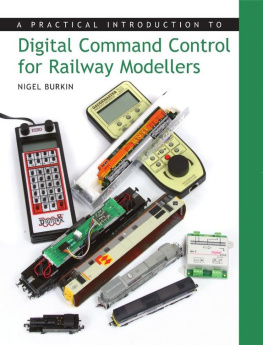
![Weber - The layout look book. [1]](/uploads/posts/book/242236/thumbs/weber-the-layout-look-book-1.jpg)

